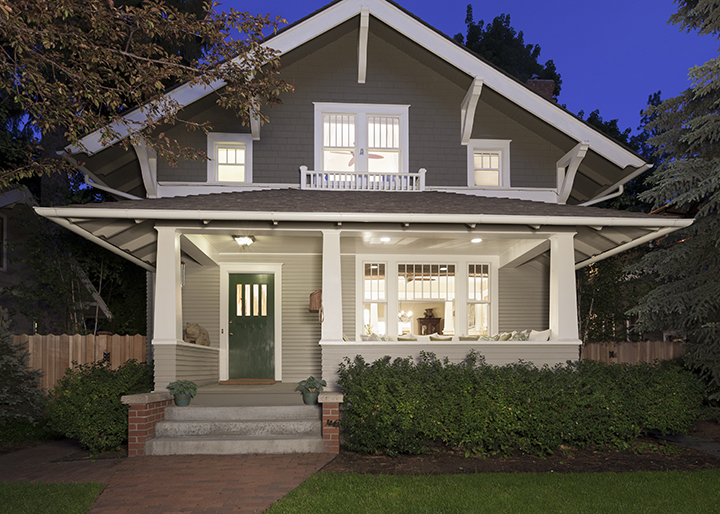Acra Lending
Coming Out of Volatility Stronger Than Ever By Carole VanSickle Ellis In February 2022, Acra Lending CEO Keith Lind observed with confidence in an interview for an industry magazine that the previous 18 months had been “lucrative for non-QM lenders” and noted proudly that “a high percentage of the time Acra can find a solution for our borrowers [because] we have the ability to look outside our guidelines and find
Read More












